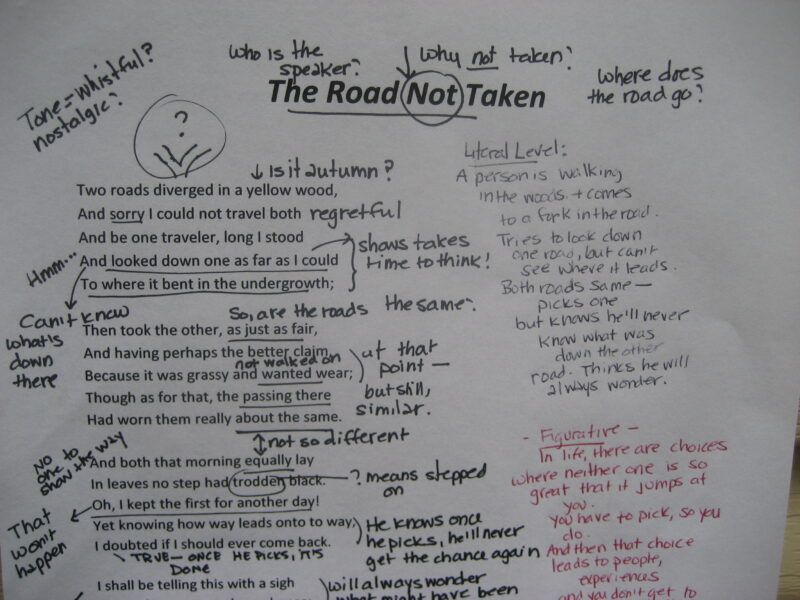
This logo isn't an ad or affiliate link. It's an organization that shares in our mission, and empowered the authors to share their insights in Byte form.
Rumie vets Bytes for compliance with our
Standards.
The organization is responsible for the completeness and reliability of the content.
Learn more
about how Rumie works with partners.
Have you ever read a book or piece of text, and after you finished, tried to recall what you read…only to realize that you don’t remember a single detail?
Have you ever needed to go over the same paragraph time and time again because your brain simply doesn’t “understand” what your eyes see?

Then, my friend, let me tell you, you haven’t been actively reading. It's time to brush up on your active reading strategies!
Active vs. Passive Reading
Active reading means not only reading, but engaging with the text. It helps you understand and comprehend what you are reading.
Reading comprehension helps us more fully grasp the intent, meaning, and purpose of the words on the page.
On the flip side, passive reading is when you just can't seem to wrap your head around what you're reading. It's that annoying moment when you find yourself going over the lines again and again, desperately trying to figure out what the central idea of the text is.
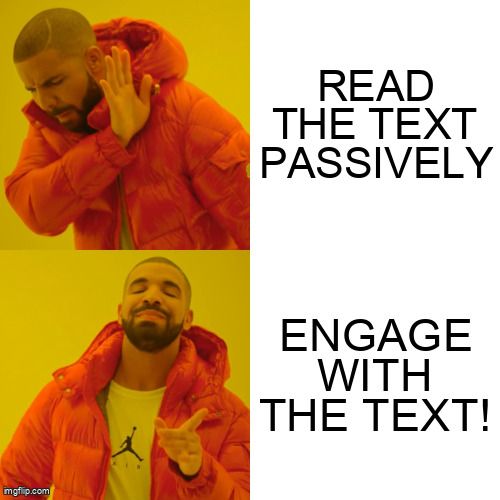
You're probably asking yourself, "How do I actually use active reading strategies?" Follow these 5 tips!
Tip #1: Read Critically
Engage with the text and especially, don't take anything for granted. To be a critical reader:
First establish what your purpose for reading is, and what you want to know after reading the material.
Analyze and evaluate a text by assessing its arguments, identifying biases, and making balanced and supported judgments.
Question the material by thinking beyond the text. Ask "What's the author implying here?" "What's their tone?" "Do I share their point of view?"
Challenge assumptions: ask yourself as many questions as you can to understand a point of view and be able to accept or refute it. "Why does the text say this?" "Does this align with my opinion or prior knowledge?"
Change titles and headings into questions, as suggested by Princeton University.
I know it seems like a lot to take in, but it's a matter of practice. These reading strategies get easier the more you read critically.

Quiz
Imagine you're diving into a new book. Your goal is to master active reading. As you read, what should you focus on?
Speeding, scanning, or ignoring the details won't work if your aim is to be an active reader. Your goal is to ENGAGE with the material: find key concepts, then question, evaluate, and understand them.
Tip #2: Get Visual
 Find ways to visualize the content of your reading:
Find ways to visualize the content of your reading:
Use colors to identify keywords, main topics, or central ideas. Use highlighters, markers, sticky notes, transparent note pads: you name it.
Try different colors for the different levels of the text, or vary the colors to underscore different topics, so they're more easily recognizable.
Use the well-known sticky note flags for categorization, sorting, and rapid cross-referencing.
Draw diagrams, flow charts, or timelines.
Use Venn diagrams to analyze differences and similarities.
These strategies will help you understand ideas visually. They require some effort, so you'll probably remember the content more easily.
Here's an example of a Venn diagram to get you inspired:
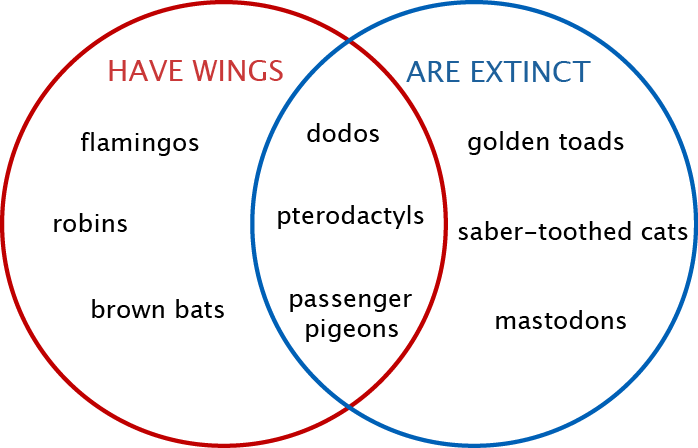
Image courtesy of Anchor via Creative Commons license
You can also check out this Byte on reading strategies using visual organizers.
Tip #3: Highlight and Underline Your Text
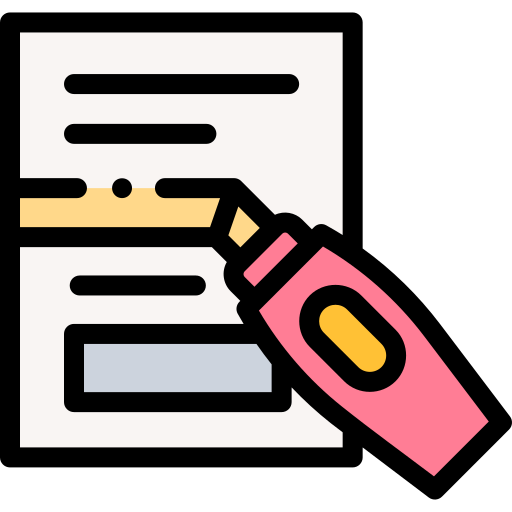
Grab your highlighter for a fully interactive reading experience:
Actively underline key points and concepts to engage with the text.
Pay special attention to signposting language like “in contrast to” or “most importantly”, to get the flow of the text.
Be on the lookout for any keywords that you anticipate will appear in the text.
This strategy works great both in paper books and digital formats. Many e-readers include tools that make highlighting and saving passages a breeze.
 Photo by Balázs Kétyi on Unsplash
Photo by Balázs Kétyi on UnsplashQuiz
The text you're reading uses "in contrast to" and "most importantly." What do these phrases do?
These phrases are there for a reason! Looking for signposting language while reading actively is crucial because it serves as a guide through the text, helping you navigate and understand the structure, flow, and organization of the content.
Tip #4: Annotate

Power up your reading experience with annotations!
Jot down your thoughts on what you read. You can write comments in the margins, use a separate notebook, or write on post-its.
Challenge ideas: ask questions for further analysis, and don't be afraid to be critical.
Own the material: show your thoughts and reactions; personalize the text for future reference.
...strive to enter into a dialogue with the author.
This sense of ownership of the text (getting involved with it, "talking" with it, or "discussing" with the author) can enhance motivation and interest, making your reading more meaningful.
In case you're wondering what a well-annotated text looks like, here's a photo of a poem with detailed notes in the margin:
Quiz
While reading your text, you spot a fascinating idea. What's your next move?
If you find something interesting, while aiming to become an active reader, your best move is to highlight it or make a note about it. Of course, you could also question it, or think beyond it. But as an active reader, you don't want to ignore or dismiss it!
Tip #5: Test Your Memory
 See how much you can actually recall from the material.
See how much you can actually recall from the material.

Well, if you usually "don't remember a thing", let's hope these strategies help you test your memory:
Try other techniques and strategies
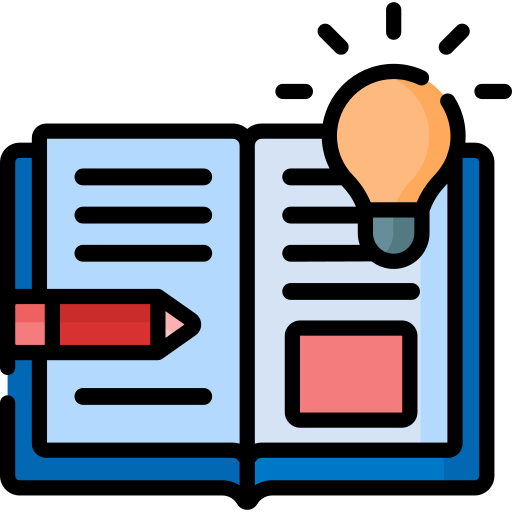 Rhodes College suggests these addition best practices for active reading:
Rhodes College suggests these addition best practices for active reading:
Make connections between the material and your previous knowledge.
Look for patterns in the reading as a whole.
Question before you start reading the material.
Compare class notes with the text.
Come up with your own examples.

Take Action
 Ready to nail it? Engage with the text, make it yours, and become an active reading champion with these useful reading strategies!
Ready to nail it? Engage with the text, make it yours, and become an active reading champion with these useful reading strategies!
This Byte has been authored by
Victoria González
Language teacher and Trainer
MA
